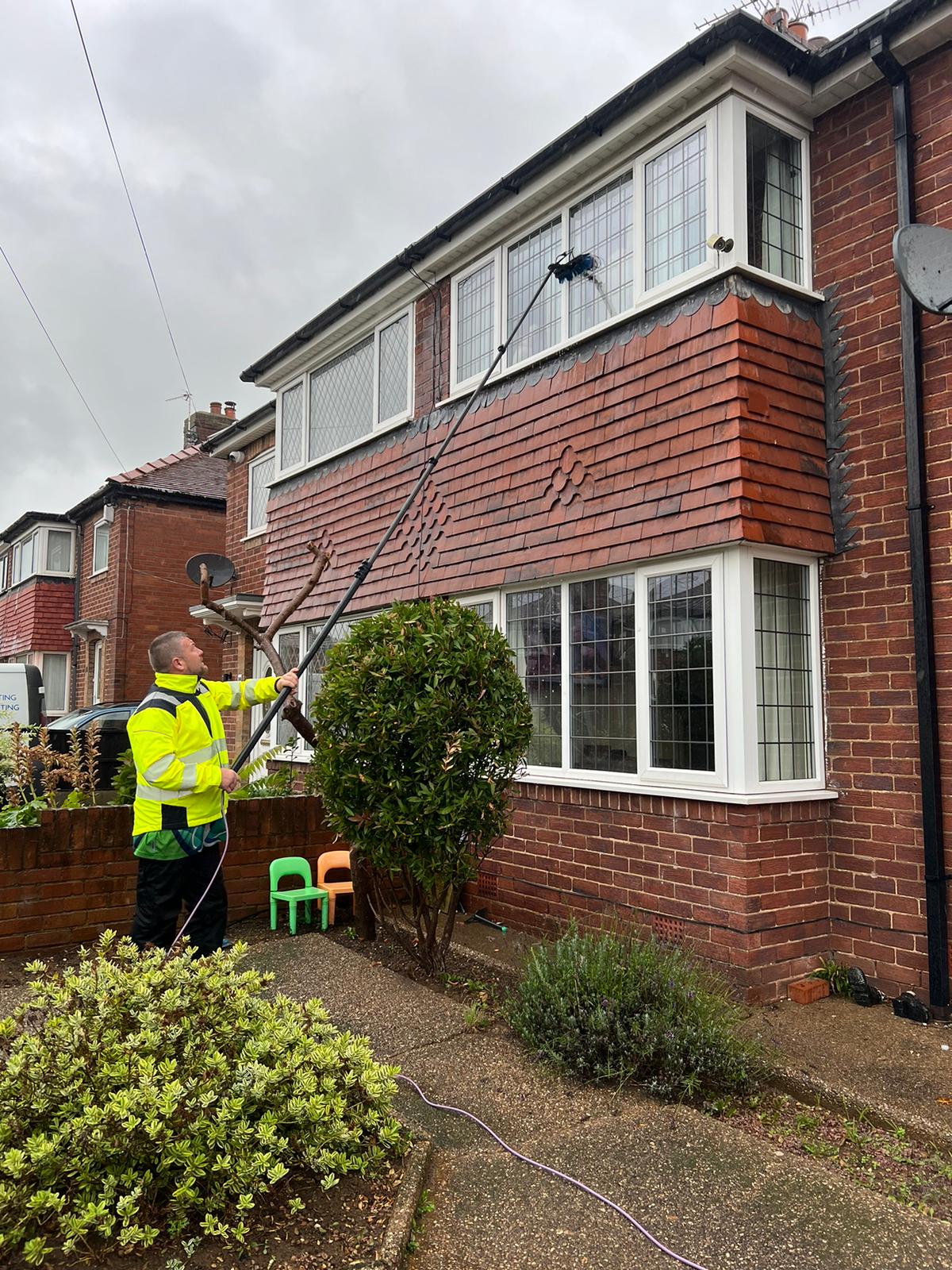ntroduction
A well-maintained roof is crucial for the overall health and longevity of your home. However, there is a hidden danger that may be lurking right above your head: mold. Mold growth on your roof can lead to serious health issues for you and your family, as well as expensive repairs if left unchecked. In this article, we will explore the signs of a possible mold problem on your roof and provide you with essential tips on how to address it effectively.
Understanding Mold and its Effects
What is mold?
Mold refers to a type of fungus that thrives in damp, warm, and dark environments. It reproduces by releasing tiny spores into the air, which can cause various health complications when inhaled or come into contact with the skin.
The dangers of mold growth on your roof
When mold starts to grow on your roof, it can quickly spread to other areas of your home, including your walls and ceilings. This can lead to structural damage as well as respiratory issues, allergic reactions, and even asthma attacks. Identifying and addressing a mold problem on your roof promptly is essential to protect your health and prevent further damage to your property.
Signs of Mold on Your Roof
Musty Odor
If you notice a persistent musty smell in your home, it could be an indication of mold growth on your roof. Mold emits a distinct scent that is often described as “earthy” or “damp.” Pay attention to any lingering odors and investigate the source to determine if your roof might be harboring mold.
Dark Stains or Discoloration

Take a close look at your ceiling and walls for any dark stains or discoloration. These unsightly marks can indicate the presence of water damage caused by a leaky roof. When moisture seeps into your home, it creates an ideal environment for mold to take hold and thrive.
Visible Mold Growth
In severe cases, you may be able to see actual mold growth on your roof. This can appear as green, black, or brown spots on the surface. If you notice any strange patches or fuzzy substances on your roof, it is crucial to address the issue promptly to prevent further mold infestation.
Steps to Address a Mold Problem on Your Roof
Inspect your roof regularly
Perform regular inspections of your roof to identify any signs of mold or water damage early on. Look for missing shingles, cracks, or gaps that can allow water to seep through. Timely detection and repair can prevent mold from gaining a foothold.
Ensure proper ventilation
A well-ventilated roof can help prevent moisture buildup and mold growth. Make sure your attic or crawl space is adequately ventilated, allowing proper airflow and reducing the chances of mold formation. Consider installing ridge vents, soffit vents, or a whole-house ventilation system to improve air circulation in your home.
Fix any leaks promptly
Water intrusion through your roof is one of the leading causes of mold growth. If you identify any leaks or signs of water damage, it is essential to address them promptly. Hire a professional roofing contractor to repair the damaged areas and prevent further moisture infiltration.
Keep your roof clean and dry
Regularly cleaning your roof and removing debris can help prevent mold growth. Leaves, branches, and other organic materials can trap moisture, providing an ideal breeding ground for mold. Additionally, ensure proper drainage by cleaning gutters and downspouts regularly to redirect water away from your home.
Seek professional help if needed
If you suspect a severe mold infestation on your roof, it is recommended to seek professional help. Mold removal and remediation specialists have the expertise and equipment to safely eliminate mold and treat affected areas. They can also provide guidance on preventing future mold growth.
Conclusion
Your roof may be hiding a moldy secret, jeopardizing the health of your family and the integrity of your home. By being proactive and vigilant, you can detect signs of mold on your roof early and take the necessary steps to address the issue. Regular maintenance, proper ventilation, prompt repairs, and timely cleaning can keep your roof mold-free and ensure a safe living environment for years to come. Don’t let your roof become a breeding ground for mold; take action today!
















